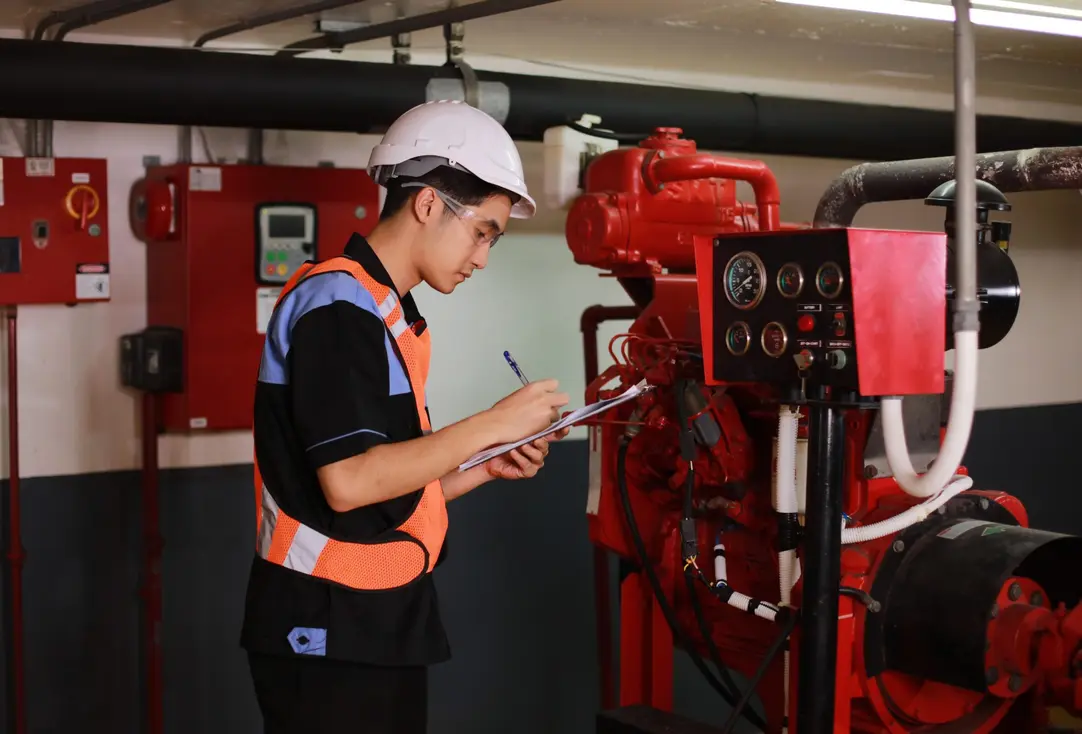How to Prevent Cold Burns When Using a CO₂ Fire Extinguisher
Carbon dioxide (CO₂) fire extinguishers are some of the most common extinguishers you’ll find in workplaces—especially around electrical equipment, server rooms, laboratories, workshops, fueling areas, and industrial environments. They are fast, effective, and leave no residue. But they also come with a serious hazard many workers underestimate: cold burns (frostbite). When discharged, a CO₂ extinguisher … Read more









